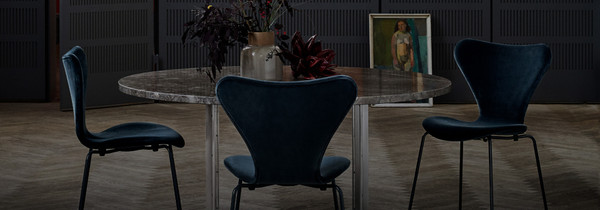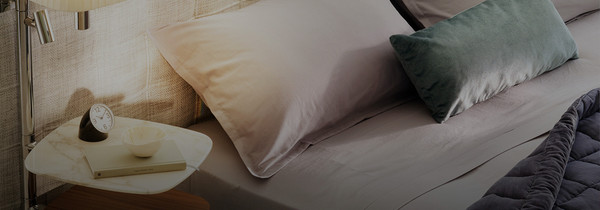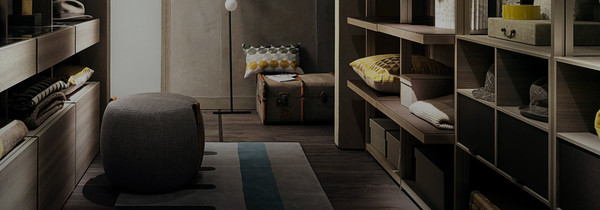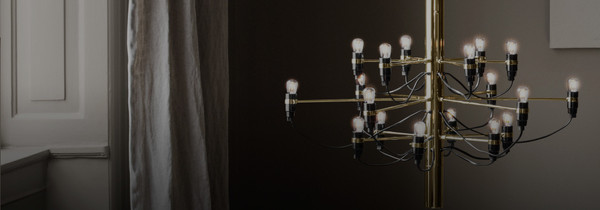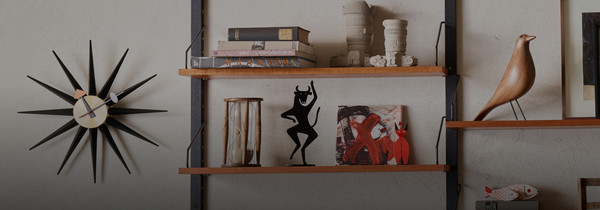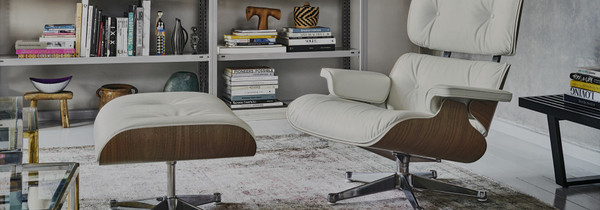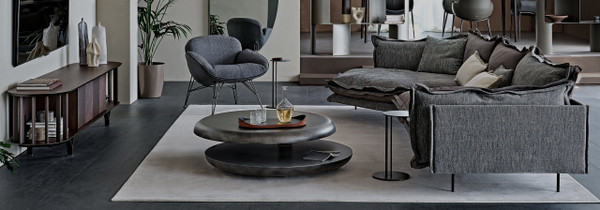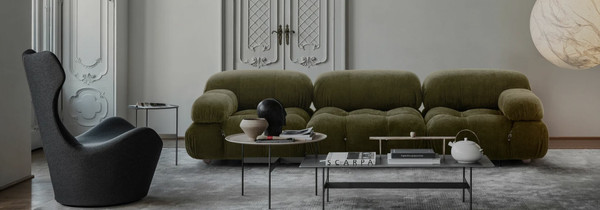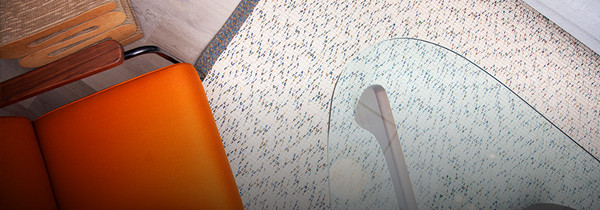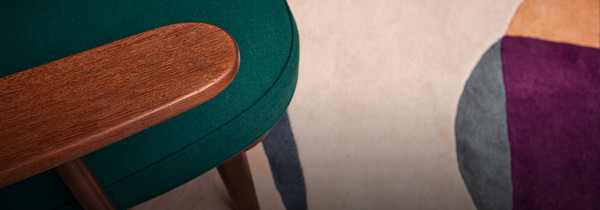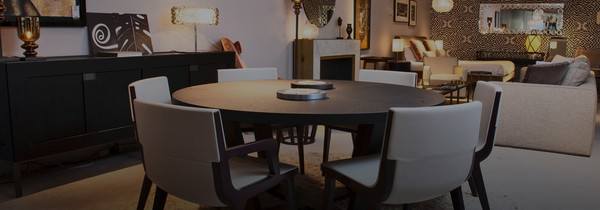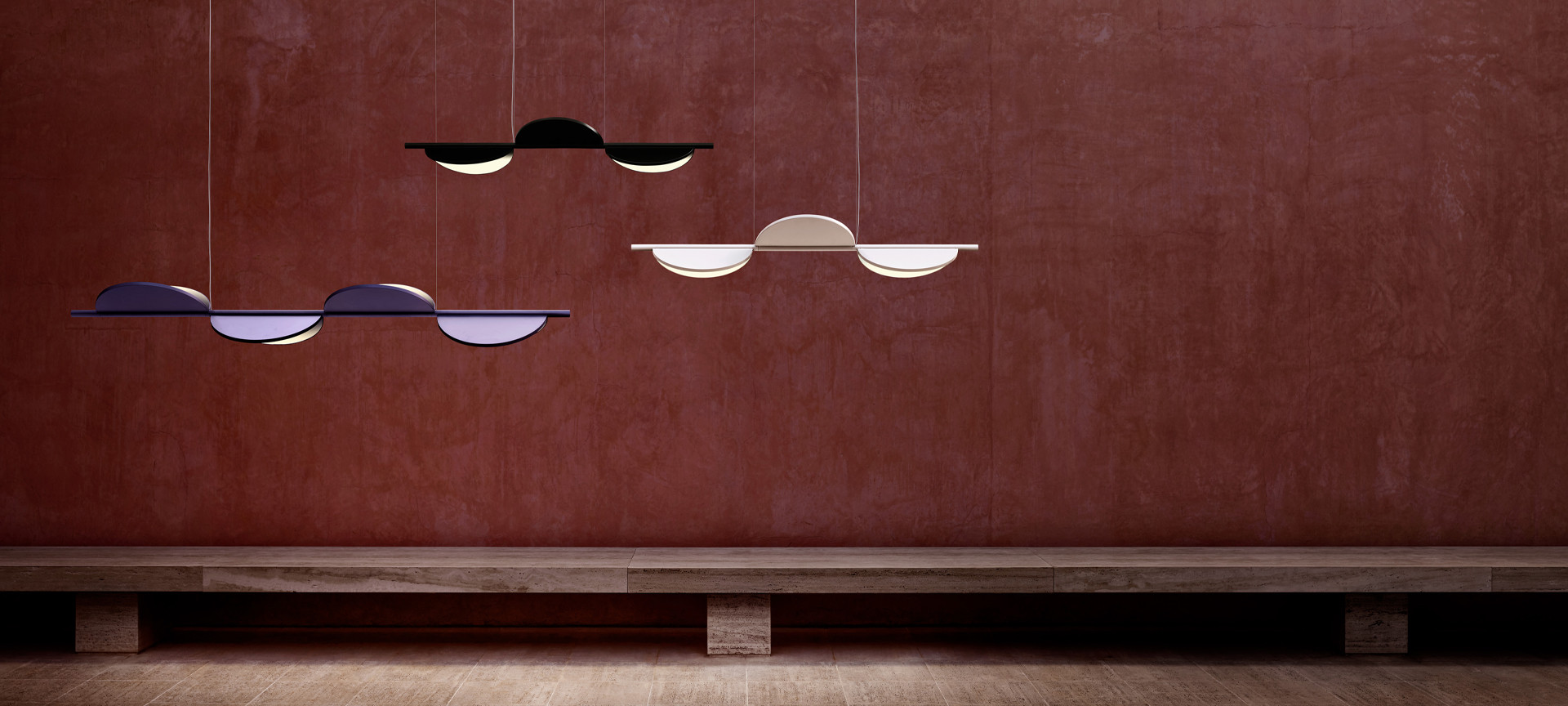
Natural Light: Flos Almendra by Patricia Urquiola
Gentle. Calming. Statement. Wow factor. The Almendra collection by esteemed Spanish design Patricia Urquiola for Flos breaks traditional lighting rules in so many beautiful and beguiling ways.
Drawing inspiration from nature, the pendant lights hang in the air as if they’ve been slowly, quietly growing there all along. The branch-like stalks lead gracefully to draped sets of leaf-like diffusers which take their familiar shape (and name) from the almond shell – a form containing precious energy which releases it only when the time is right.
‘We went from the shape of a leaf to something more fleshy, solid, which, simplified, became a lighting device – a suspended module,’ explains Urquiola of the design process. ‘I like it because it has remained a very simplified modular object that looks like a small open shell, natural but also mechanical and at the same time very pared back in language and poetics.’
The glow Almendra emits is soft, subtle and comfortable, like sunlight on a balmy summer’s evening. Glancing into the illuminated inner surface of the shells feels intimate – like that brief moment of being allowed to see into the open wings of a butterfly.
The pieces are welcoming and familiar, like long lost friends. It’s an Urquiola signature, recognisable from her other works such as her floral stem-shaped Caule Floor Lamp range for Flos, the ready-for-an-embrace curves of her Wing Back Chair for Cassina, and the squat, informal form of her Fat seating collection for B&B Italia. Warm, approachable design that gives the home a relaxed, easy-going attitude which says ‘come on in and relax’.
The technology defining Almendra is invisible, almost organic. Its modest shape hides innovation within the elegantly thin shell, the LED source disguised and designed to evenly distribute brightness throughout each petal with an optical guide system. The result? Total freedom to cast light in various directions for different types of illumination from one fixture, wherever you many need it.
Flexibility is at the core of Almendra. ‘The module can be arranged in various ways,’ explains Urquiola. ‘Sometimes it connects like the almonds attached to the branch, or it can consist of various elements, vertical or horizontal. Another possibility is that it divides into two or three other branches, creating a light composition.’ Choose from a linear or curved base branch and from three, four or six lights, which can be angled downwards or upwards. Combine a series of lights to style a dream-like forest hovering overhead.
Like the form itself, the Almendra’s soft colour palette initially came from the almond tree itself, the Off-White shade drawn from the whites of its flowers, Ochre from the shells and Nude from the branches. Add in Bay Blue from the sky’s pale backdrop, Lilac for a hit of playfulness, and mild black Anthracite for contrast, and it’s a selection that evokes warm days, gentle breezes and fantasies of summer.
Innovative sustainability is one of the things that makes Almendra so unique. Designed to keep its environmental impact to an absolute minimum, materials were chosen thoughtfully. The fixture on which the modules are placed is 100% recyclable aluminium, and the almond forms are made from a bio plastic derived from pine which is a recently developed by-product of paper production rescued from being waste itself. The collection comes from purely renewable resources, and is also created to be broken down after use, eschewing glues in favour of screws, which are invisible until the time of disassembly comes around – LEDs can be easily replaced, and each part can be easily recycled.
‘We are in a moment that marks the beginning of a process, and all these products must be designed with their end in mind. There are new links between production and use. It is important, in the complexity, to find the right solutions,’ says Urquiola, on the future of earth-focused manufacturing. ‘Overcoming the anthropocentric perspective means understanding that we are part of a complex constellation in which not everything must necessarily be made for humans. We have to understand that we are a small part of this system, to observe and interact from a broader perspective. Form an awareness of our present and future situation. Become a bit like compost, and finally understand the reality of living on this planet.’










